The Community Reinvestment Act (CRA) is a cornerstone of U.S. banking regulation, designed to ensure that financial institutions serve the credit needs of their entire communities, with a particular focus on low- and moderate-income (LMI) neighborhoods. Since its enactment in 1977, the CRA has evolved to address changes in the financial industry, regulatory environment, and community needs. This guide provides a detailed overview of the CRA, the 2023 proposed modernization and its subsequent rescission, and a thorough breakdown of examination procedures for large institutions, intermediate small banks, and small banks.
NETBankAudit experts have over 25 years of experience in CRA audits and compliance. If you have any questions after reading this guide, please reach out to our team.
Understanding the Community Reinvestment Act: Purpose, Scope, and Key Definitions
The CRA’s Mission and Regulatory Authority
The CRA was enacted to address systemic inequities in access to credit, particularly for LMI communities. Its primary purpose is to encourage and assess how well banks meet the credit needs of their entire communities, consistent with safe and sound operations. The CRA applies to all national banks, federal savings associations, and state savings associations, with certain exceptions for special purpose banks and federal branches or agencies. The regulation is codified at 12 CFR Part 25 and is administered by the OCC, Federal Reserve, and FDIC.
Key Definitions for CRA Compliance
CRA Performance Evaluation: Tests, Standards, and Ratings
Overview of CRA Performance Tests
The CRA framework provides several methods for evaluating bank performance, tailored to the size and type of institution:
- Lending, Investment, and Service Tests: For large institutions, these tests assess home mortgage, small business, small farm, and community development lending, as well as qualified investments and the availability and effectiveness of retail banking and community development services.
- Community Development Test: For wholesale or limited purpose banks, focusing on community development lending, investments, and services.
- Small Bank/Intermediate Small Bank Standards: Small banks are primarily evaluated on lending, while intermediate small banks are also assessed on community development activities.
- Strategic Plan Option: Banks may submit a strategic plan for CRA compliance, subject to public input and agency approval.
Performance context—including demographic, economic, and institutional factors, as well as public comments—is considered in all evaluations. Ratings assigned range from "Outstanding" to "Substantial Noncompliance," and are based on both quantitative and qualitative factors.
Assessment Areas and Data Collection
Banks must delineate assessment areas that include their main office, branches, and deposit-taking ATMs, and must not arbitrarily exclude LMI areas. Proper delineation and documentation are essential for compliance. Data collection requirements include maintaining records on lending, investments, and services, and making this information available in a public file. Annual reporting and disclosure are mandatory, ensuring transparency and accountability.
The 2023 CRA Final Rule: Proposed Modernization and Key Changes
Goals and Features of the 2023 CRA Final Rule
In October 2023, the Federal Reserve, FDIC, and OCC issued a new CRA Final Rule aimed at modernizing the regulation for the first time since 1995. The proposed changes sought to address industry shifts, promote financial inclusion, and provide greater clarity and consistency in CRA evaluations. Key goals included:
- Expanding access to credit, investment, and banking services in LMI, underserved, and high-need areas, including Native Land Areas and persistent poverty regions.
- Adapting to changes in banking by recognizing the growth of online, mobile, and branchless banking, and establishing a framework to evaluate digital delivery of banking products and services.
- Providing greater clarity and consistency through a metrics-based approach for evaluating retail lending and community development financing, with benchmarks based on peer and demographic data.
- Tailoring evaluations and data collection to bank size and type, with new data requirements primarily affecting large banks (assets ≥ $10 billion).
The intended impact was to promote financial inclusion, modernize the CRA to reflect technological changes, increase transparency, and ensure the CRA remained a robust tool for community development.
Key Compliance Considerations in the 2023 Rule
The 2023 rule would have expanded the focus on digital channels, emphasized performance in high-need and underserved areas, and introduced tiered data collection and evaluation thresholds to limit the burden on smaller banks. However, these changes were never implemented due to legal challenges.
Legal Challenge and Rescission of the 2023 CRA Final Rule
Litigation and Regulatory Uncertainty
Shortly after the 2023 CRA Final Rule was published, litigation was filed challenging its provisions. A preliminary injunction was issued, halting the rule’s implementation before it could take effect. This created significant regulatory uncertainty for banks and examiners regarding which CRA framework to follow.
Rescission and Reinstatement of the Prior Framework
In March 2025, the OCC, Federal Reserve, and FDIC announced their intent to rescind the 2023 CRA Final Rule and reinstate the previous CRA framework (the 1995/2021 regulations). As of April 2025, the 2023 rule is not in effect, and banks continue to be assessed under the 1995/2021 regulatory framework. The agencies are working together to ensure a consistent approach to CRA implementation, and the text of the current regulation is available in recent editions of Title 12 of the Code of Federal Regulations and on the OCC’s website.
CRA Examination Procedures: Large Institutions
Examination Scope and Assessment Area Selection
For large institutions, examiners select assessment areas for full-scope review, ensuring at least one area per state and multistate metropolitan statistical area (MSA/MD) is reviewed. Selection criteria include lending/investment/service opportunities, activity levels, presence of other institutions, community feedback, population size, anomalies in data, time since last review, prior performance, examiner knowledge, and issues from other evaluations.
Performance Context and Data Review
Examiners review demographic, economic, and loan data for each assessment area, comparing it to broader regions to understand local conditions. Institutional capacity is assessed through financial reports and prior evaluations. Community input is gathered from the institution, community contacts, and public comments. Peer comparison is used to identify opportunities, constraints, and best practices. All context information, especially community development needs, is documented for performance evaluation.
Lending, Investment, and Service Tests
Each test is scored, and the results are combined for an overall rating. Evidence of discriminatory or illegal credit practices can lower ratings.
Public File Review and Documentation
Large institutions must maintain a public file containing public comments, CRA evaluations, assessment area maps, branch lists, service lists, disclosure statements, improvement reports, HMDA data, and consumer loan data by income/geography. Branches must provide the most recent evaluation and service lists. Examiners review the public file as part of the examination process.
%201%20(1).svg)
%201.svg)
THE GOLD STANDARD INCybersecurity and Regulatory Compliance
CRA Examination Procedures: Intermediate Small Banks
Examination Scope and Assessment Area Selection
For intermediate small banks (ISBs), the examination scope ensures a comprehensive review of the bank’s performance in meeting the credit needs of its communities, including LMI areas. Examiners select assessment areas for full-scope review based on prior CRA performance evaluations, community contact materials, and lending/demographic data for each area.
Performance Context and Community Input
Examiners review demographic, economic, and loan data for each assessment area, as well as Call Reports, UBPRs, annual/supervisory reports, and prior CRA evaluations. Discussions with bank management and community contacts help gather information on local community/economy, community development needs, business strategy, and lending capacity. Public comments are also reviewed.
Lending Test Criteria
The lending test for ISBs includes:
- Loan-to-deposit ratio analysis, considering the bank’s capacity, peer institutions, and assessment area demographics/economics.
- Analysis of credit extended inside vs. outside assessment areas.
- Distribution of credit within assessment areas by geography and borrower income/business revenue.
- Review of CRA-related complaints and the bank’s response.
Ratings are assigned based on the reasonableness of the loan-to-deposit ratio, concentration of lending in assessment areas, geographic and borrower distribution, and responsiveness to complaints.
Community Development Test
The community development test evaluates the bank’s responsiveness to community development needs through loans, qualified investments, and services. Examiners consider the bank’s assessment of community needs, its capacity, and the strategic application of its resources. Ratings are assigned based on the number and amount of community development loans and investments, the extent and availability of community development services, and responsiveness to community development opportunities.
Public File Review
ISBs must maintain a public file containing all written public comments and responses, the most recent CRA Performance Evaluation, maps and lists of assessment areas and geographies, lists of branches and services, loan-to-deposit ratios, quarterly reports of efforts to improve CRA performance, and HMDA Disclosure Statements if applicable.
CRA Examination Procedures: Small Banks
Applicability and Key Obligations
Small banks, defined as those with assets of $600 million or less (as adjusted annually), are primarily evaluated on their lending performance. The OCC’s 2020 rule for small banks modernized and clarified compliance requirements, expanding the range of qualifying activities and introducing new data collection and assessment area requirements.
Data Collection and Assessment Area Delineation
Small banks must collect and maintain data on the value of each retail domestic deposit account and the physical address of each depositor, in a machine-readable format, for each quarter during the evaluation period. Assessment areas must include counties, metropolitan divisions, nonmetropolitan areas, or MSAs containing the bank’s main office or any of its branches. Deposit-based assessment areas are required if 50% or more of a bank’s retail domestic deposits come from outside its facility-based assessment areas.
Qualifying Activities and Public File Requirements
The 2020 rule expands the range of activities that qualify for CRA credit, including higher thresholds for identifying qualifying loans, partial credit for certain activities, and credit for financial literacy and education programs. Small banks must maintain an updated public file with CRA-related information, including written comments, performance evaluations, and assessment area maps.
CRA Ratings and Impact on Regulatory Applications
How Ratings Are Assigned
CRA ratings are assigned based on performance under the applicable tests or strategic plan. The ratings—Outstanding, Satisfactory, Needs to Improve, and Substantial Noncompliance—reflect the institution’s effectiveness in meeting community credit needs. Strong performance in some areas may compensate for weaker performance in others, but ratings must be consistent with safe and sound banking practices. Evidence of discriminatory or illegal credit practices can lower a bank’s CRA rating.
Effect of CRA Performance on Applications
CRA performance is a critical factor in regulatory applications for new branches, relocations, mergers, conversions, and acquisitions. Public comments are considered, and poor CRA performance can result in denial or conditional approval of applications. This underscores the importance of maintaining strong CRA compliance and documentation.
Public File, Disclosure, and Community Engagement
Maintaining the CRA Public File
All banks subject to the CRA must maintain a public file containing:
- All written public comments and responses from the current year and the prior two years (excluding those reflecting adversely on others).
- The most recent CRA Performance Evaluation.
- Maps and lists of assessment areas and geographies.
- Lists of branches, including openings and closings, and the services offered at each location.
- Loan-to-deposit ratios for each quarter of the prior year.
- Quarterly reports of efforts to improve CRA performance if the last rating was less than satisfactory.
- HMDA Disclosure Statements for the prior two years, if applicable.
Branches must display accurate public notices in lobbies, and the public file must be available at the main office and at least one branch per state. This transparency supports community engagement and regulatory oversight.
Community Input and Public Participation
Public involvement is a cornerstone of the CRA framework. Banks are required to consider public comments in their CRA performance evaluations, and agencies must publish planned examination schedules. Community feedback helps identify local credit needs and opportunities for improvement, ensuring that banks remain responsive to the communities they serve.
Key Takeaways for CRA Compliance Professionals
Best Practices for CRA Compliance
Compliance professionals at financial institutions should focus on the following best practices to ensure ongoing CRA compliance:
- Understand which CRA evaluation method applies to your institution based on size, type, and business model.
- Ensure proper delineation and documentation of assessment areas, avoiding illegal discrimination or arbitrary exclusion of LMI areas.
- Maintain required data and public files, and ensure timely reporting and disclosure to regulators and the public.
- Monitor and document lending, investment, and service activities, with a particular focus on LMI areas and community development opportunities.
- Prepare for CRA examinations by reviewing performance context, public comments, and prior ratings, and by addressing any identified weaknesses.
- Stay current with regulatory changes and agency guidance, especially in light of ongoing legal and regulatory developments.
By following these practices, institutions can demonstrate their commitment to serving the credit needs of their communities and maintain strong CRA ratings.
Current Status and Looking Ahead
CRA Regulatory Timeline and Future Developments
The CRA regulatory landscape has seen significant developments in recent years:
As of April 2025, the 2023 CRA Final Rule is not in effect, and banks continue to operate under the 1995/2021 regulatory framework. The agencies are committed to maintaining a consistent interagency approach to CRA implementation and will seek public comment on any future changes.
How NETBankAudit Can Help Your Institution Succeed with CRA Compliance
Navigating the complexities of CRA compliance requires deep expertise, up-to-date regulatory knowledge, and a proactive approach to community engagement. NETBankAudit offers a full suite of CRA audit and consulting services tailored to the unique needs of financial institutions of all sizes. Our team brings over 25 years of experience in CRA, fair lending, and regulatory compliance, helping banks and credit unions:
- Assess and strengthen CRA programs, policies, and procedures.
- Prepare for regulatory examinations and respond to examiner findings.
- Develop effective strategies for assessment area delineation, data collection, and public file management.
- Identify and document qualifying lending, investment, and service activities.
- Stay ahead of regulatory changes and industry best practices.
With NETBankAudit as your partner, your institution can confidently demonstrate its commitment to community development, maintain strong CRA ratings, and achieve regulatory peace of mind. Contact us today to learn how our CRA audit and compliance services can support your institution’s mission and growth.
.avif)

.svg)
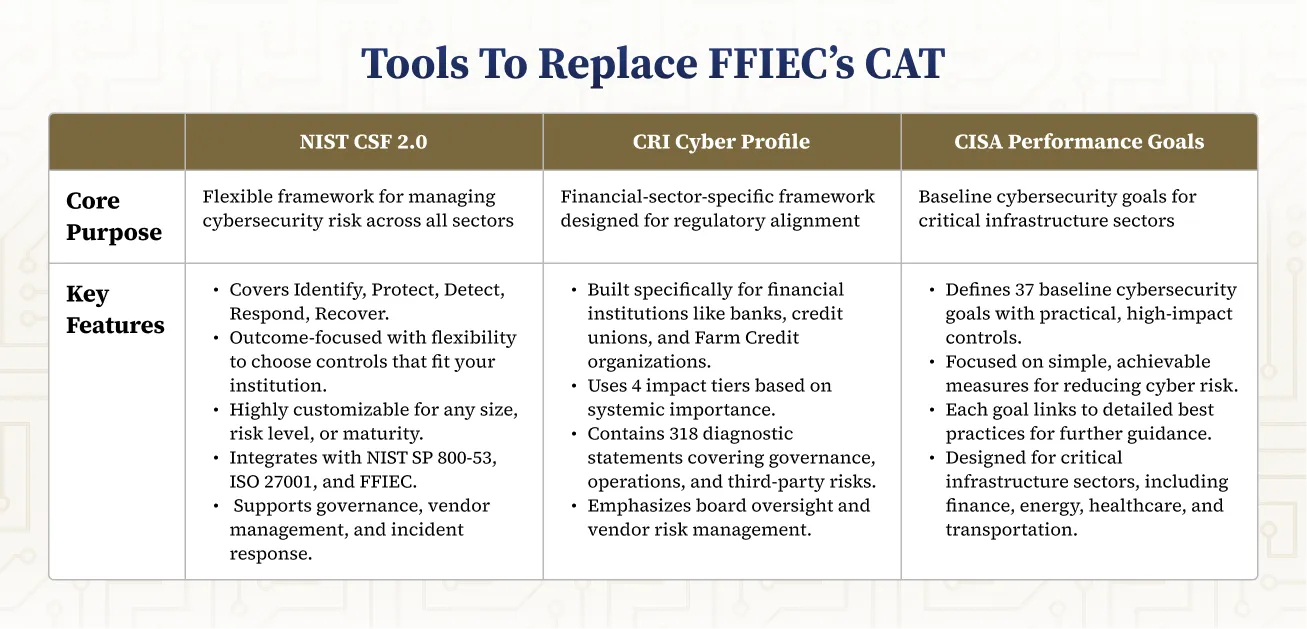

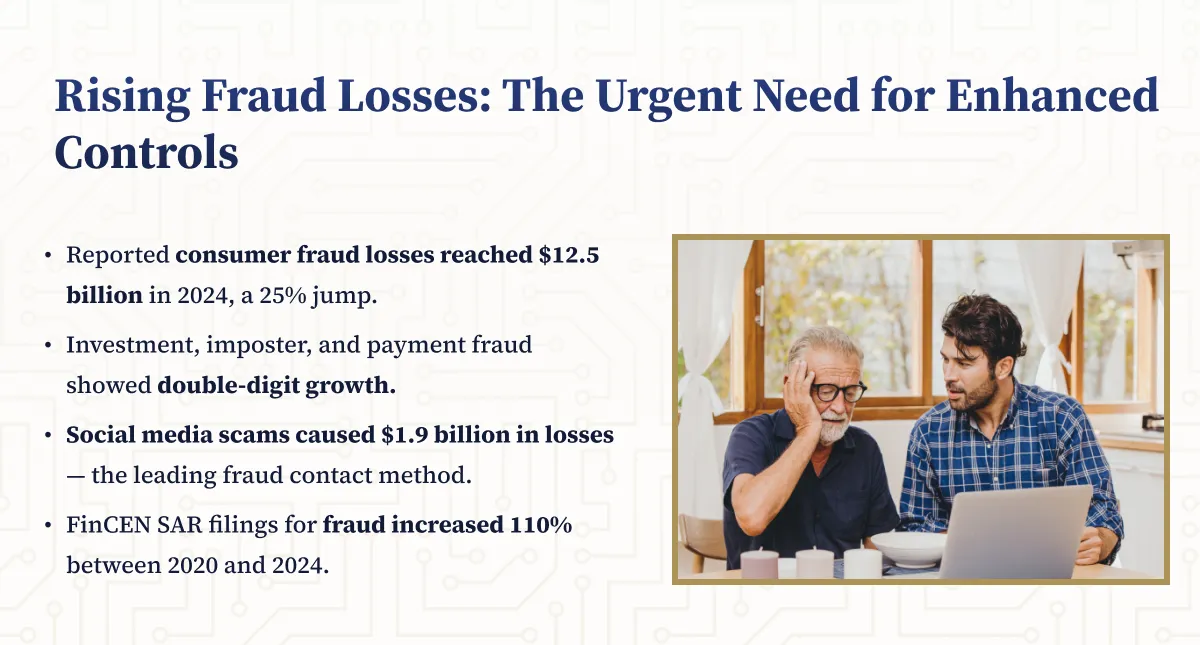
.webp)
.png)
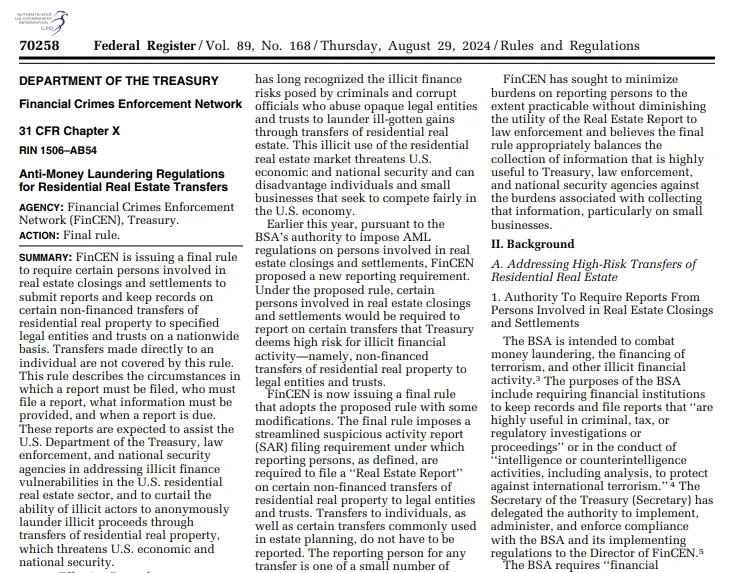
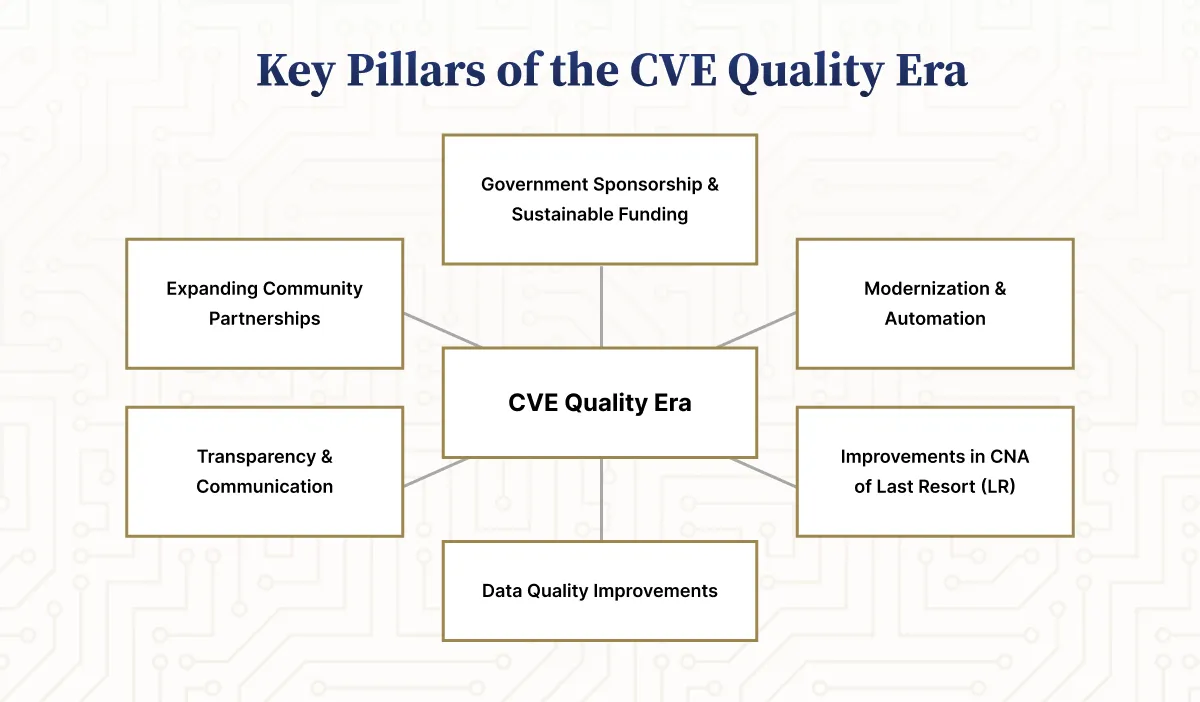
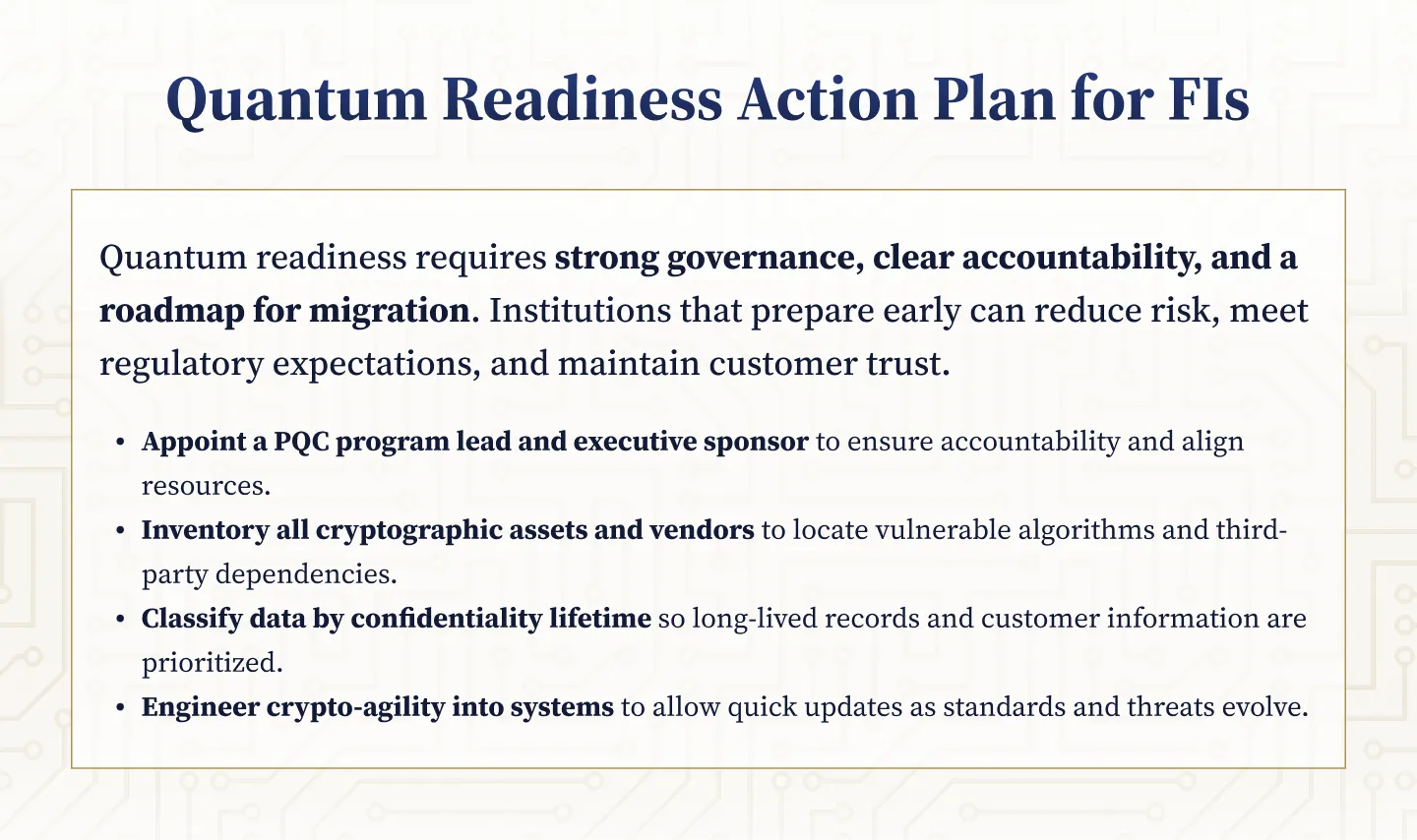
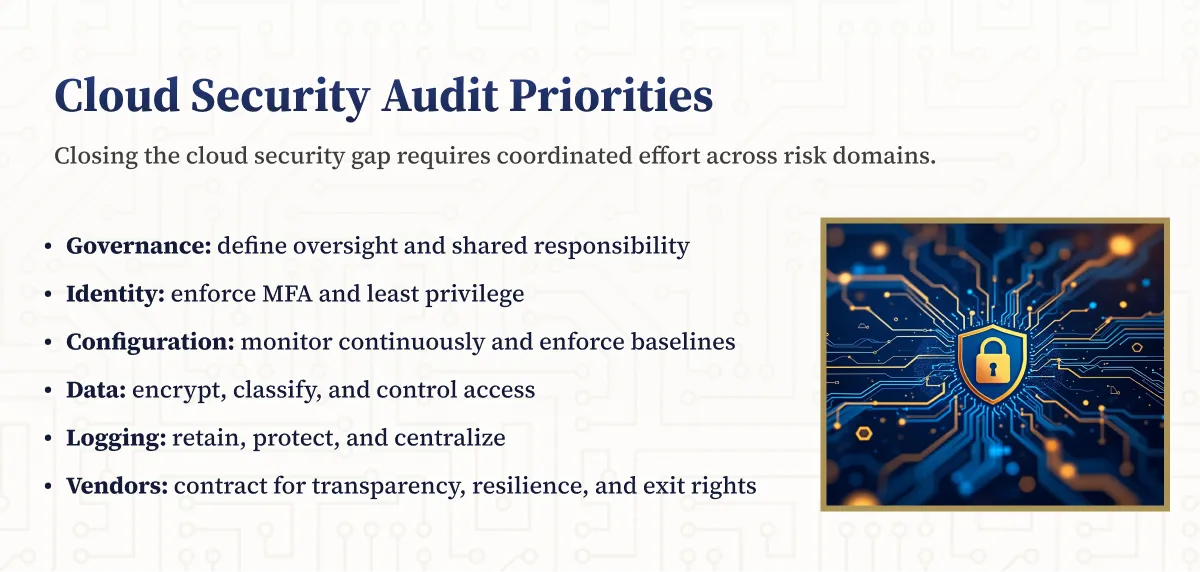
.webp)

.webp)











.webp)



.webp)

%201.webp)
.webp)
%20(3).webp)


.webp)


%20Works.webp)


.webp)




.webp)
%20(1).webp)

.webp)










.webp)
.webp)

.webp)
.webp)
.webp)
.webp)
.webp)
.webp)
%201.svg)